Why visit the remote and northerly Faroe Islands? A volcanic archipelago of 18 islands situated between Iceland and Norway in the most turbulent part of the North Atlantic might not seem like the most promising destination for a road trip. However, as I found recently, the islands proved to be an epic setting for a motoring holiday .
The Gift of the Gulf Stream
The Faroe Islands are located on the 62nd parallel in the North Atlantic, northwest of Scotland and about halfway between Iceland and Norway. The island’s closest neighbours are the Northern Isles (Orkney and Shetland) and the Outer Hebrides of Scotland.
This is generally a rather chilly part of the world; the Arctic starts only a couple of parallels up at 64.2°N. The icy Bering Sea, The Sea of Okhotsk on the Eastern coast of Siberia, Alaska and the Hudson Bay are some of the cold and rather inhospitable neighbourhoods at this latitude.
Fortunately, the Faroe Islands sits right in the heart of the Gulf Stream. This creates a temperate marine climate with minimal temperature variation. The average temperature ranges from around 3°C in winter, which is very moderate for so northerly a location, to an admittedly rather cool 12°C in the summer. The harbours never freeze and snow is short lived.
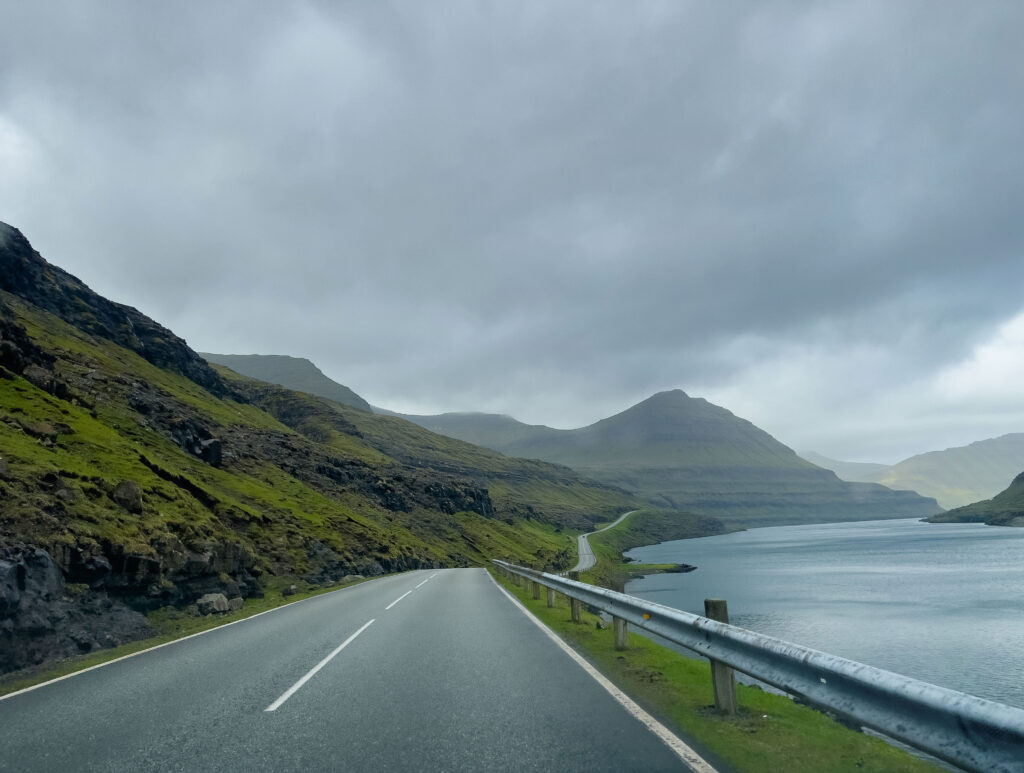
The Connected Archipelago
Like north west Scotland, the Orkneys and Shetland, the Faroe Islands are notoriously windy, resulting in extremely choppy seas. In years gone by this severely restricted travel between the 17 inhabited islands – especially in bad weather or at night.
This presents few problems today as the islands are well connected by an impressive series of sub sea tunnels, making it easy to travel across them by car. One sub sea tunnel even has a roundabout – the world’s first undersea roundabout, AKA the jellyfish roundabout. The Faroe Islands have a good infrastructure, with an excellent road network. Over half the islands’ electricity is produced from sustainable sources like wind power.
The archipelago is 113km (70 miles) long and 75km (47 miles) wide, with an area of about 1,400 square kilometres (540 sq. mi.). This makes it slightly larger than half the size of Luxemburg and the 170th largest country by area.
A road trip is an eminently practical proposition.
The Wild Beauty of The Faroe Islands
The Faroes are also an utterly beautiful and somewhat otherworldly place to visit.
You will never be more than 5 km (3 miles) away from 1100 km (687 miles) of spectacular coastline. This is deeply indented with fjords, dotted with imposing sea stacks and has many steep rocky cliffs, many of which are populated by colonies of seabirds.
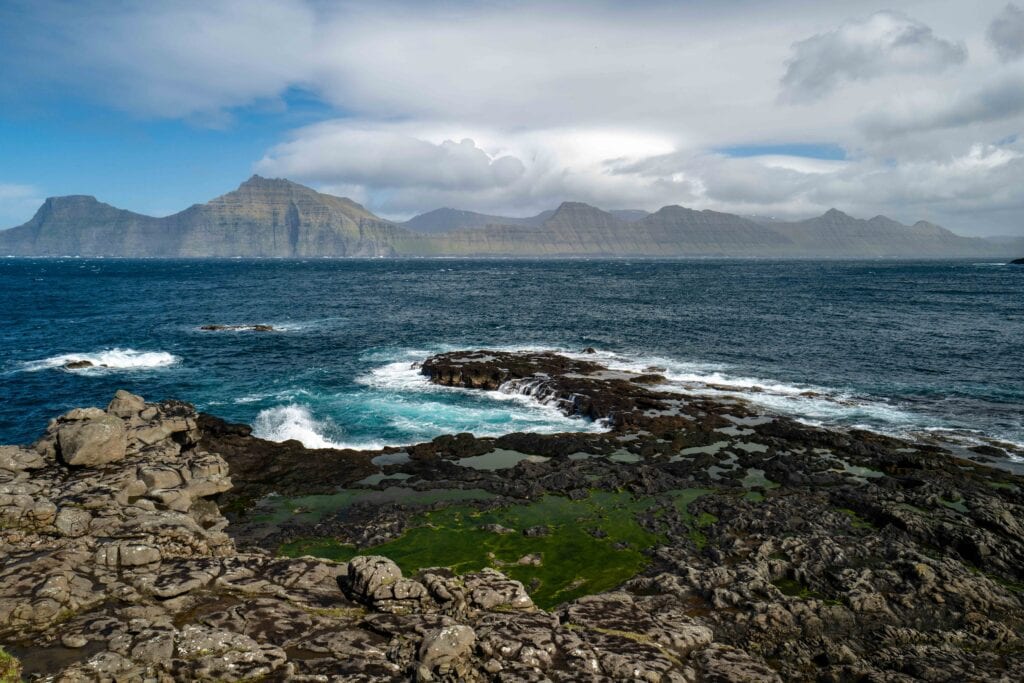
The rugged landscape, composed of volcanic rock and sculptured by glaciers, has high mountains, deep valleys and many waterfalls. Nothing much grows above ground, so the contours of the land are always on show and the treeless slopes contribute to the islands’ wild beauty.
With all this on offer, the Faroe Islands are a landscape photographer’s paradise.
The two photographers in our party took a medium format Hasselblad System V film camera, a Nikon F3, a Leica Q2, a brace of modern Nikon digital cameras and a selection of lenses from 24mm to 500mm. I also made use of my iPhone Pro, especially from within the car. We were both pleased with the results, some of which you can see in this article. You will find the main black and white photo gallery here.
Constantly Changing Light
Although the archipelago sees less than 850 hours of sunshine per year, the northern light is ideal for photographers and artists. The light is never the same for long; the changeable maritime climate produces brilliant sunshine one minute and misty hill fog the next. Rainfall and cloud are both frequent.
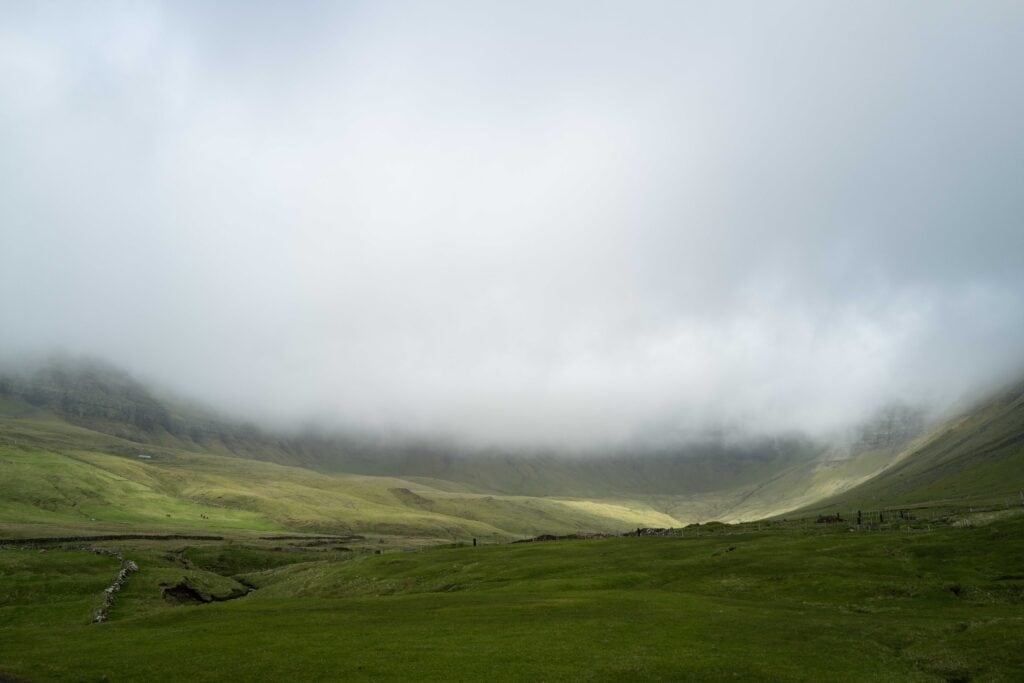
Our Faroese skipper on our sailing trip out to the sea stacks joked that it rains 300 days a year. That’s an exaggeration, as it only rains for 210 days! You can of course pick the month of your visit, and June has the fewest wet days at 12. As they say in The Faroe Islands (and in Iceland), “if you don’t like the weather, wait a minute.” Inevitably we encountered some rain on our trip, but it didn’t trouble us.
At this latitude the sun is also up (but not always visible!) for nearly 20 hours at the summer solstice.
A Fascinating History: Settlement of the Faroes
Unlike most of the world, human colonisation did not occur in pre history. Evidence of settlement on the Faroe Islands goes back to the mid-fourth century, though the people are unknown. This was followed by Irish monks in the eighth century, who may have established Christian communities.
Norse settlements followed in the ninth century, resulting in a Norse culture. The name Føroyar (Faroe Islands) is derived from old Norse and means Sheep Islands. The Faroese language, which is closely related to Icelandic, derives from the Old Norse language of these Norsemen, which developed into modern Nordic languages in the mid-to-late 14th century.
It’s possible there is some Gaelic language in Faroese as place names such as Mykines, Stóra Dímun and Lítla Dímun may contain Celtic roots.
The conversion of the islanders to Christianity came c. 1000 from Norway. In the same century the Faroe Islands may well have formed a stepping stone beyond Shetland for the journey across the North Atlantic to America. The islanders established their Althing (parliament), later named Løgting, at Tinganes in Tórshavn, the capital city.
The islands became a Norwegian province in 1035 and passed to Denmark with the rest of Norway in 1380. Later the islands became a Danish royal trade monopoly, which inhibited economic development for many years.
A Fascinating History: The Faroese Strike Back
Rising Faroese national identity and a shift to fishing as the islands’ main commodity led to the end of the Danish trade monopoly in 1856. Faroese national identity was further strengthened in the 19th century by the creation of a written Faroese language and the restoration of the Faroese Løgting (parliament). This body first sat in 825 and is likely to be the Parliament with the longest unbroken tradition. The Thingvellir of Iceland and Tynwald, on the Isle of Man, also make claim to this distinction.
The British occupation of the Faroes to protect against German incursions from occupied Denmark changed life in the Faroe Islands and strengthened demands for home rule. This resulted in autonomous status in 1948. As part of that move, Faroese was also given equal status with the Danish language.
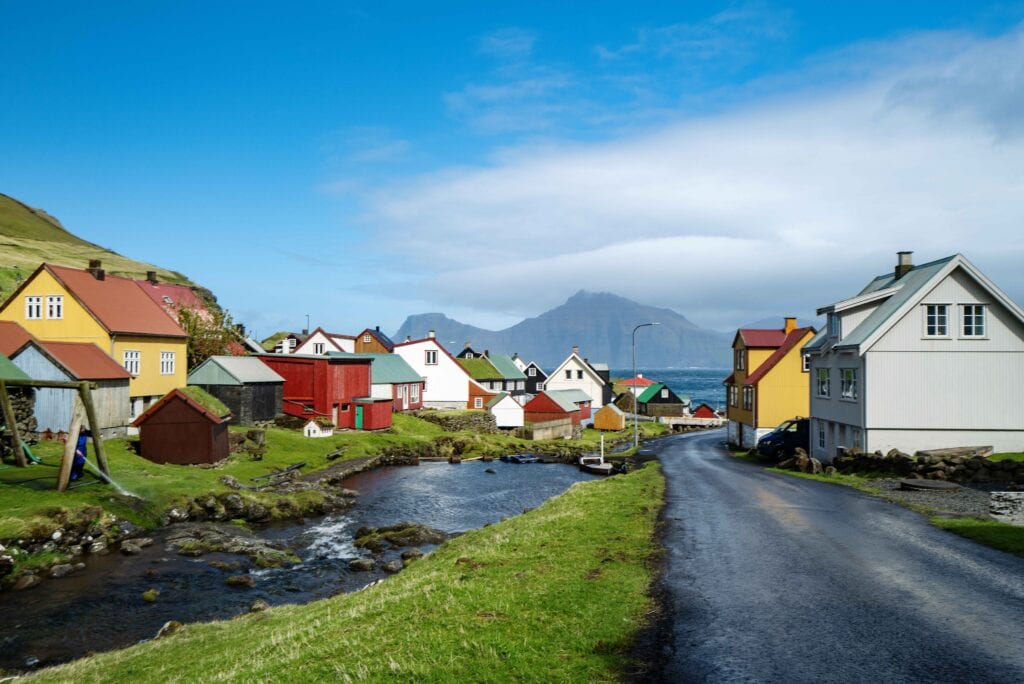
The Unspoilt Faroe Islands
With a low population density, minimal industrialisation and tranquil untouched landscapes, the Faroe Islands offer a beautiful pristine environment that’s hard to find elsewhere.
The most substantial contributor to the the low level of industrialisation is the percentage of fishing and aquaculture in the thriving Faroese economy. This contributes virtually all the income from exports (around 95%). There is plenty of room for both of these activities: the Faroe Islands has self-identified as one of 15 Large Ocean States (LOS) with a maritime zone of 271,000 square kilometres. You will see Salmon farms in fjords and bays throughout the islands.
It’s also a very safe place with one of the lowest incarceration rates in the world. At the date of our visit, you wouldn’t quite be able to count the prison population on your fingers, but you could get pretty close! The prison is famous for its location, which has possibly the best views of the spectacular fjord Kaldbaksfjørður.
As you can see from the word ‘Kaldbaksfjørður’, the written language looks both Nordic and magnificently old. It contains the letter ‘Eth’ (ð) which is also to be found in Old English and Middle English.
Faroese Culture and Art
The Faroese people have a distinct cultural identity, rooted in their Norse heritage and many local traditions, including a long tradition of ballads (kvæði) and songs. These have helped to keep the Faroese language alive for centuries.
This is accompanied by modern Nordic design sensibilities, which are visible in many of the newer buildings.
For art lovers there are several galleries of Faroese Art to enjoy. The work we saw, which spans the nineteenth, twentieth and twenty-first centuries, really enriched our experience of the islands.
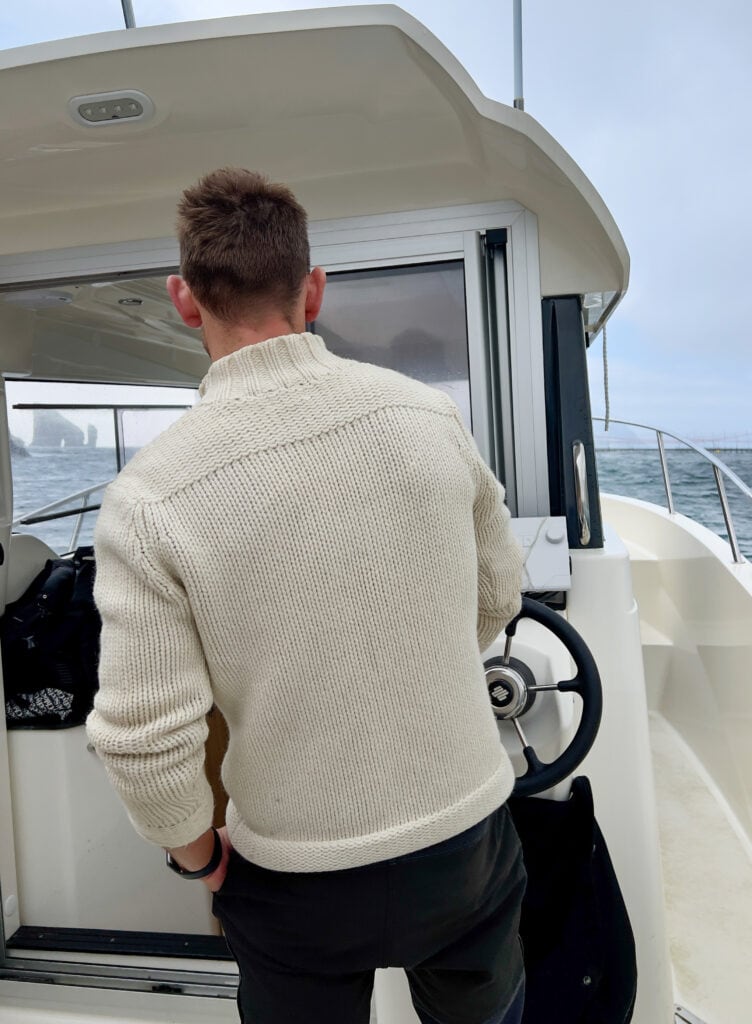
Faroese restaurant culture has changed drastically within the last decade, particularly in the capital. It is now much more common for Faroe Islanders to eat out and traditional Faroese food has become part of a burgeoning dining scene with new restaurants emerging regularly. We ate very well during our stay.
Why Visit The Faroe Islands? Why Not?
I hope this short article answers the question ‘why visit the Faroe islands?’ Yet, as I write this another question occurs to me: why did it take so long for me to visit the Faroe Islands?
In part II of this post I’ll describe the packed four day itinerary of our Faroe Islands road trip.